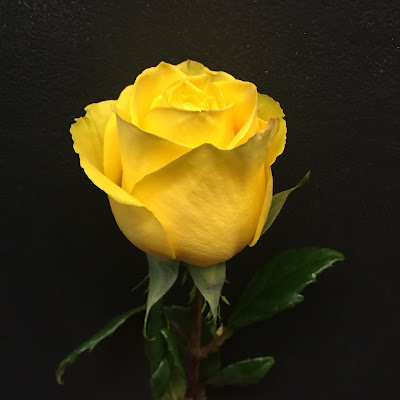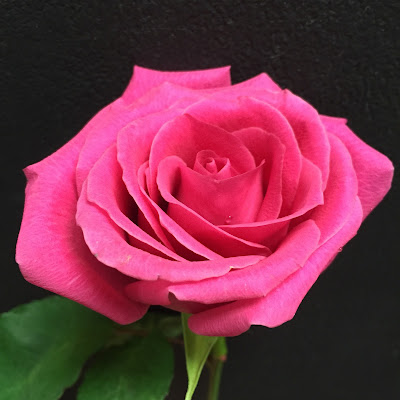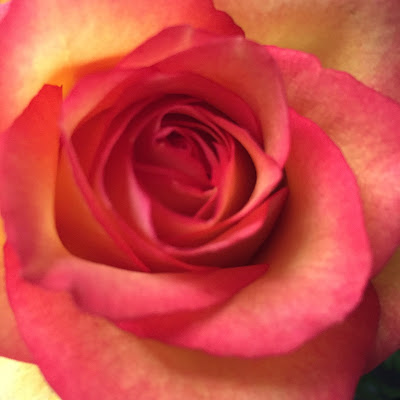 As
part of our 125th Anniversary celebration at Stein Your Florist Co.
we are sharing a year of floral education, November 1, 2012 thru October 31,
2013. Each day we will post something new on our Facebook page to share
our knowledge of our favorite things, flowers and plants and we'll be updating
our blog every 5 days or so. No need for pencils and notebooks, just sharing
some simple lessons in floristry.
As
part of our 125th Anniversary celebration at Stein Your Florist Co.
we are sharing a year of floral education, November 1, 2012 thru October 31,
2013. Each day we will post something new on our Facebook page to share
our knowledge of our favorite things, flowers and plants and we'll be updating
our blog every 5 days or so. No need for pencils and notebooks, just sharing
some simple lessons in floristry.
Day 211 -
Sunflower heads consist of 1,000 to 2,000 individual flowers joined together by
a receptacle base. The large petals around the edge of a sunflower head are
individual ray flowers, which do not develop into seed.
Day 212 -
Having roamed Earth before bees evolved, magnolia trees are pollinated by
beetles. Despite the misconception, magnolia trees aren't actually delicate.
Since they evolved to allow beetles to crawl all over them, magnolias are
actually pretty tough and pest-resistant. Magnolias are the national flower of
North Korea, the state flower of Mississippi and Louisiana, and the state tree
of Mississippi.
 Day 213 -
It’s just about snapdragon season for your home gardens and these pretty petals
will attract bees and butterflies to your outdoor havens. In Asia snapdragons
are called "rabbit's lips" and "lion's lips" in Holland.
Day 213 -
It’s just about snapdragon season for your home gardens and these pretty petals
will attract bees and butterflies to your outdoor havens. In Asia snapdragons
are called "rabbit's lips" and "lion's lips" in Holland.
Day 214 -
Bouvardia can have single or double star-like blooms that open from tubular
necks. Thin, branching stems open up to clusters of blooming florets. Leaves
are bright green and pointed. Bouvardia comes in white, pink, salmon, and red
and lives one to two weeks. The dainty flowers and soft colors bestow an air of
femininity wherever they make an appearance.
 Day 215 -
Rose proliferation is when a new bud along with its unfurling leaves will grow
through the center of a rose that is already in full bloom. The science behind
rose proliferation is that the plant’s cells multiply so quickly, they don’t
have a chance to stop dividing even when a flower is formed. They will continue
to divide and produce new buds in the center of the flower.
Day 215 -
Rose proliferation is when a new bud along with its unfurling leaves will grow
through the center of a rose that is already in full bloom. The science behind
rose proliferation is that the plant’s cells multiply so quickly, they don’t
have a chance to stop dividing even when a flower is formed. They will continue
to divide and produce new buds in the center of the flower.




















































